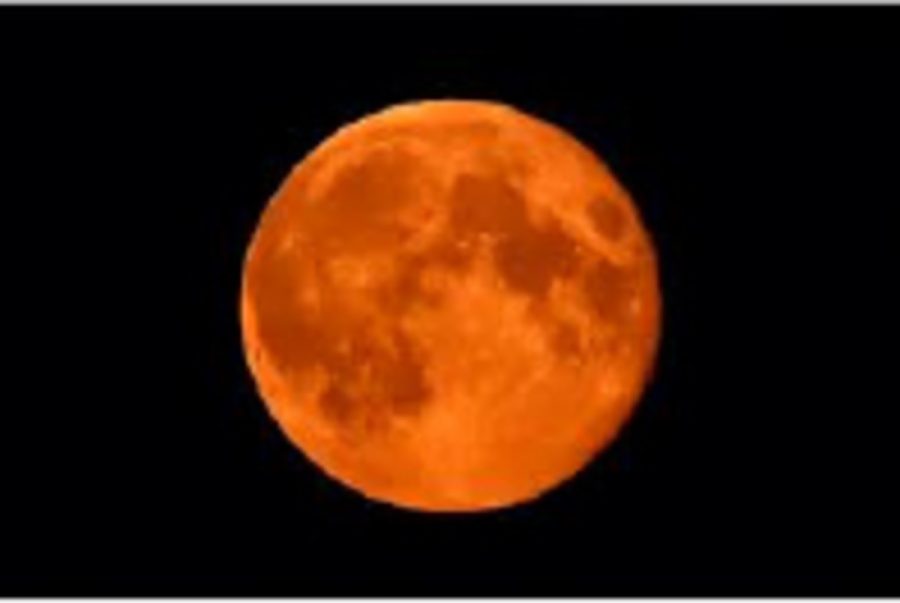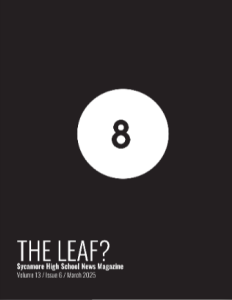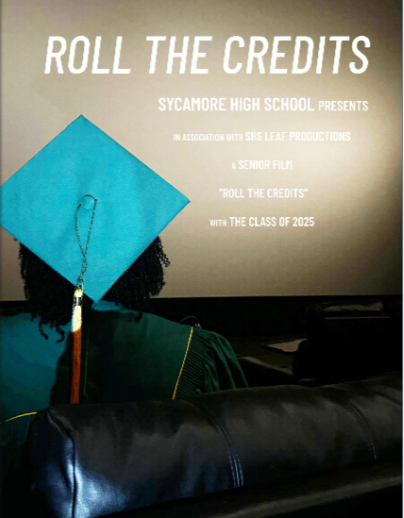Special lunar eclipse expected Sunday
This is an image of the April 2014 lunar eclipse. It was a total eclipse, and the first of the blood moons. Sunday’s eclipse can be expected to look similar to this.
October 10, 2015
The appearance of a supermoon this weekend coincides with an eclipse. “Supermoon” is a term that refers to the chance occurrence of a new or full moon at the same time that the moon is closest to Earth in its orbit.
This causes the moon to appear about 14% larger and 30% brighter than usual.
Noah Petro, scientist for the Lunar Reconnaissance Orbiter in Greenbelt, Maryland said, “There’s no physical difference in the moon. It just appears slightly bigger in the sky. It’s not dramatic, but it does look larger.”
This eclipse is also the fourth and final of the “blood moons”, an expression used to collectively refer to the eclipses seen in 2014 and 2015.
Petro said, “When the [planetary] rhythms line up, you might get three to four eclipses in a row or a supermoon and an eclipse happening.”
The eclipse will begin as a darkening of the moon. As the moon moves into the darker parts of Earth’s shadow however, the moon will take on a reddish-orange tinge before becoming more red as it reaches the peak of its orbit.
Alan MacRobert of Sky and Telescope magazine said, “That red light shining onto the moon is sunlight that has skimmed and bent through Earth’s atmosphere.”
This supermoon eclipse is the first to happen in 33 years. The last one occurred in 1982, and the next will happen in 2033.
The eclipse can be watched from anywhere in the U.S. The eclipse begins at 8 p.m. and continues until after midnight. The supermoon should reach its apex at around 10 p.m., when it will be coppery red.







